EU – The European Union
Why was the EU created and when did it happen? It all started as a peace project in Europe, but there have been many challenges.

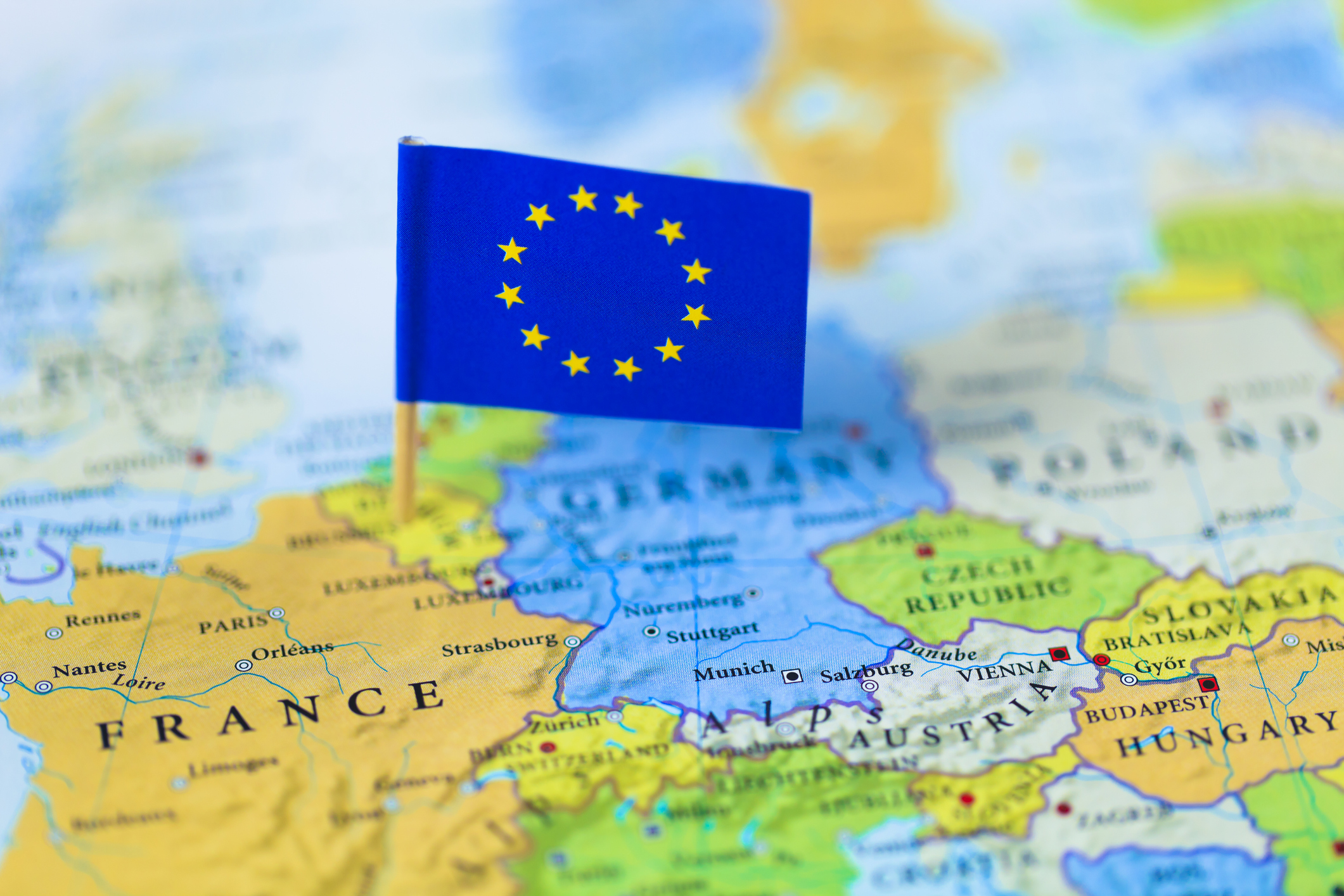
From war to peace
Following the First and Second World Wars, Europe had been left in ruins after many years of conflict and war.
Tuesday 9 May 1950, the French foreign minister, Robert Schuman proposed a union he called The European Coal and Steel Community. The idea had been developed by the French diplomat Jean Monnet. The purpose was to bring the countries together to work together on trade and economy rather than going to war with each other. The agreement was put in place on 25 July 1952, and was the start of what we today know as the EU.
The first countries to join the Union were Germany, France, Italy, Belgium, the Netherlands and Luxembourg.
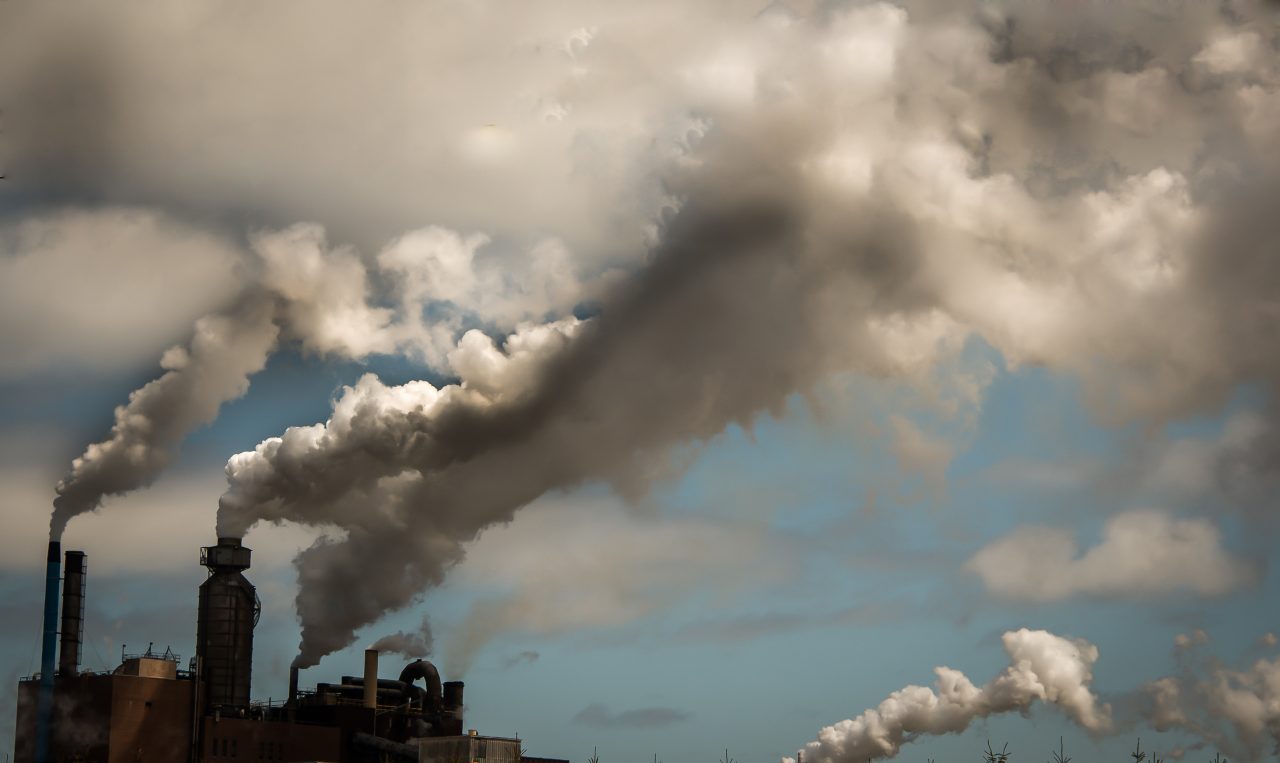
Kullfabrikker
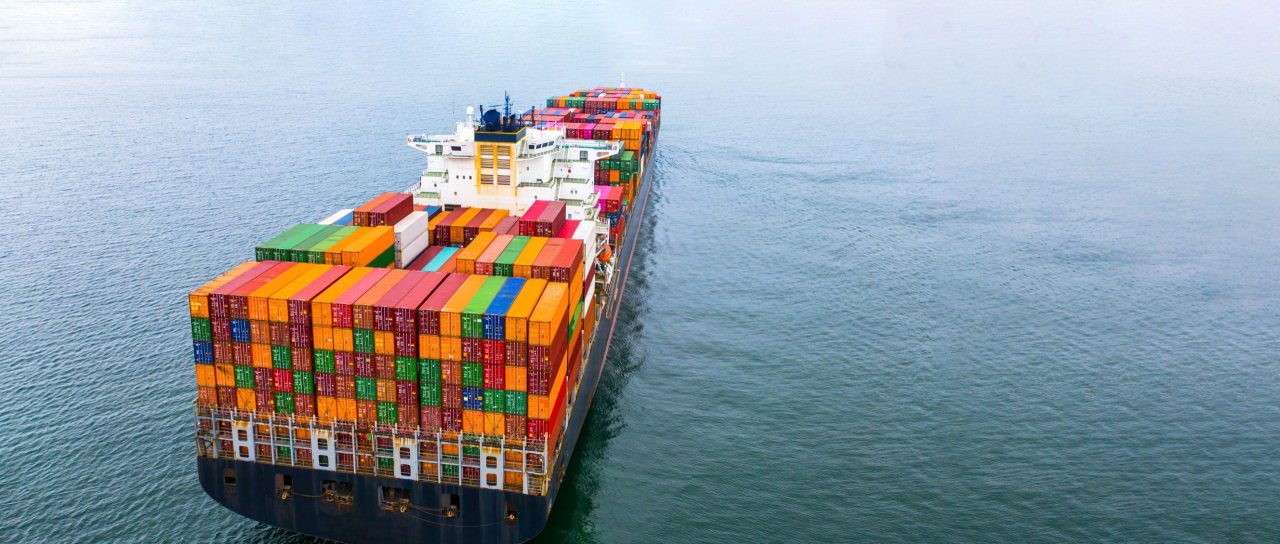
Containerskip
The history of the EU
Expansion and function
After the Treaty of Rome, the EU has expanded to include more member states and has also gained more political functions. The EU has a big influence on everyday life. The food we eat, medicines, safety and research are all regulated by the EU. The EU has very strict regulations around who can become a member state. One of the main criteria is that the country must be democratic and join the EU Court of Human Rights. Thanks to this, the EU can be considered a strong supporter of democracy in Europe.
Since 2020, the EU has been made up of 27 member states.
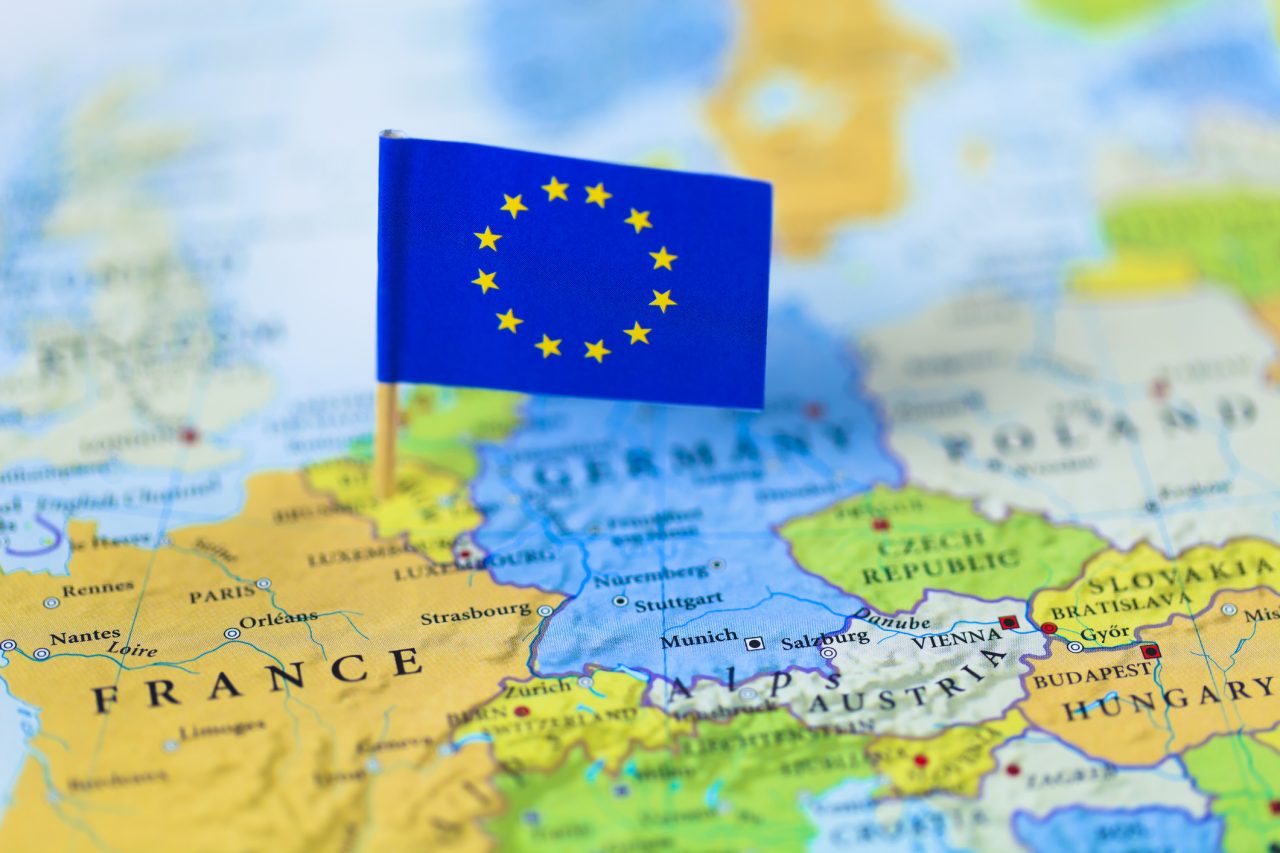
EU
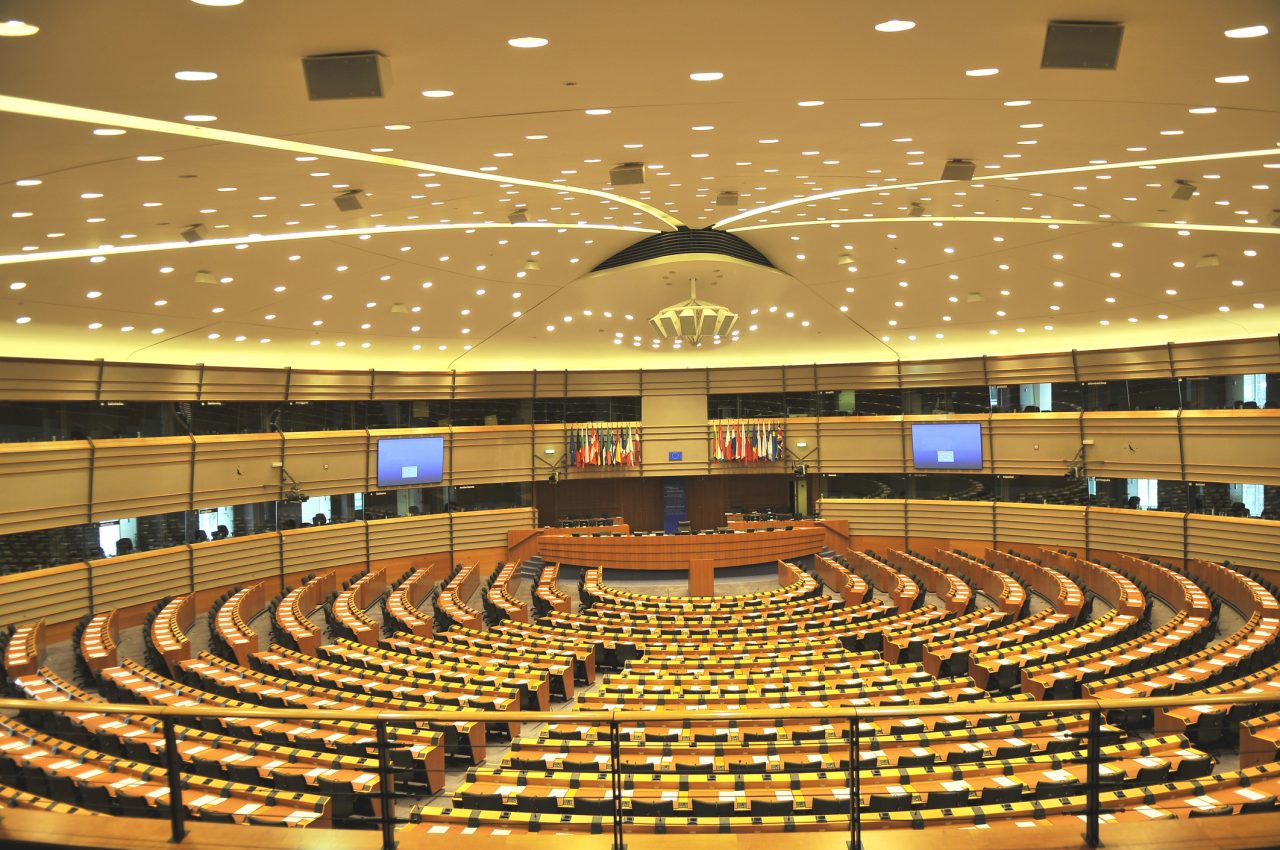
EU-parlamentet
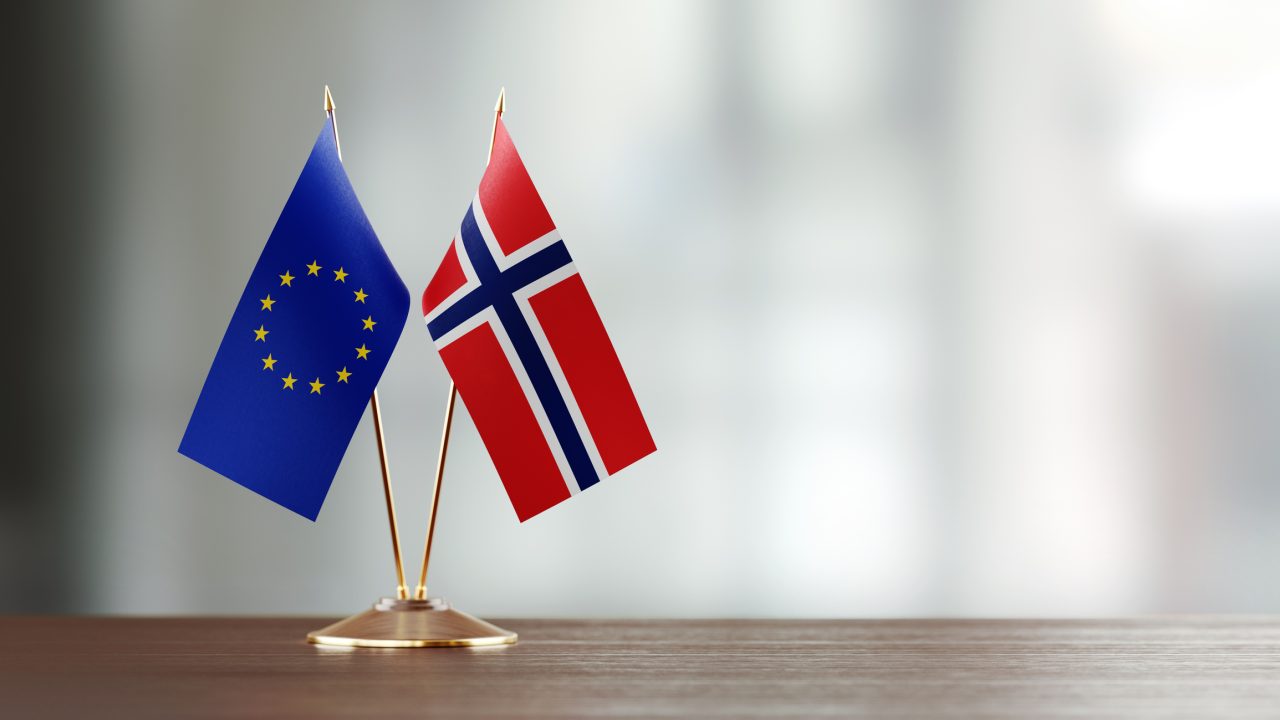
Norge og EU flagg
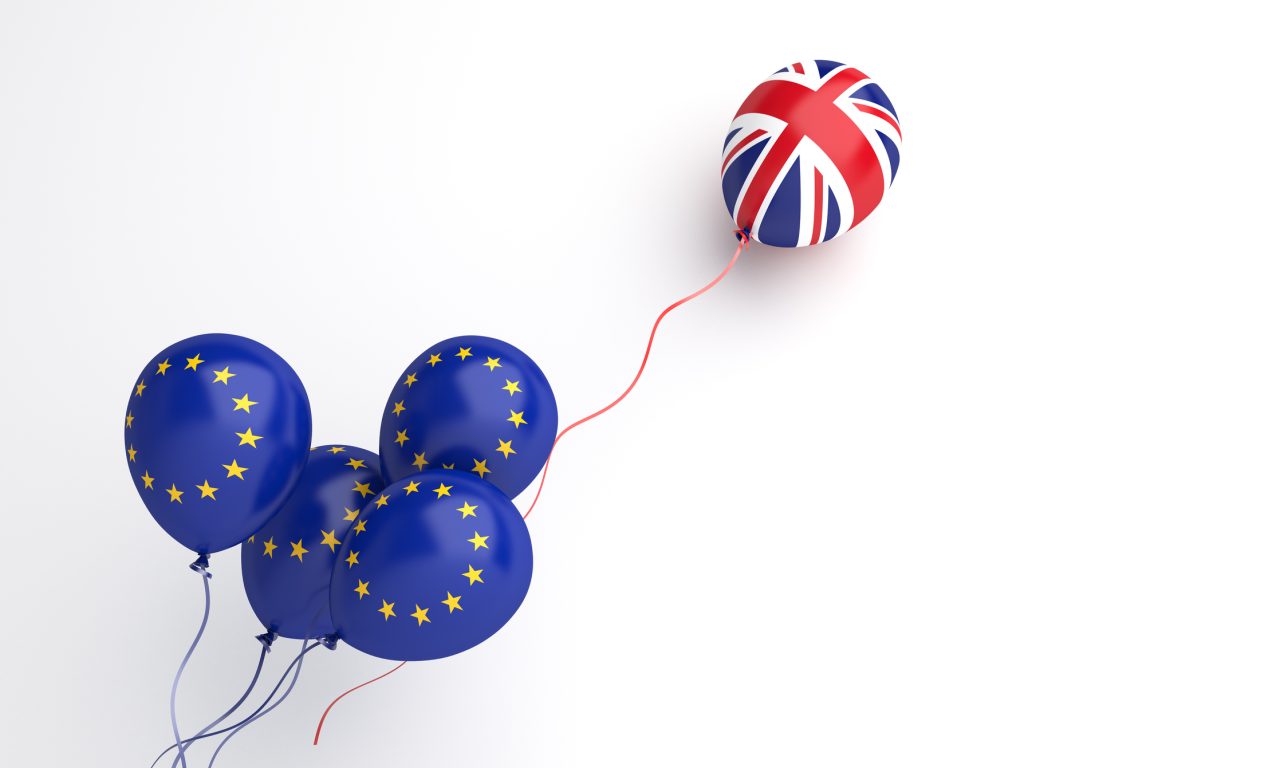
Brexit ballonger
The run-up to Brexit
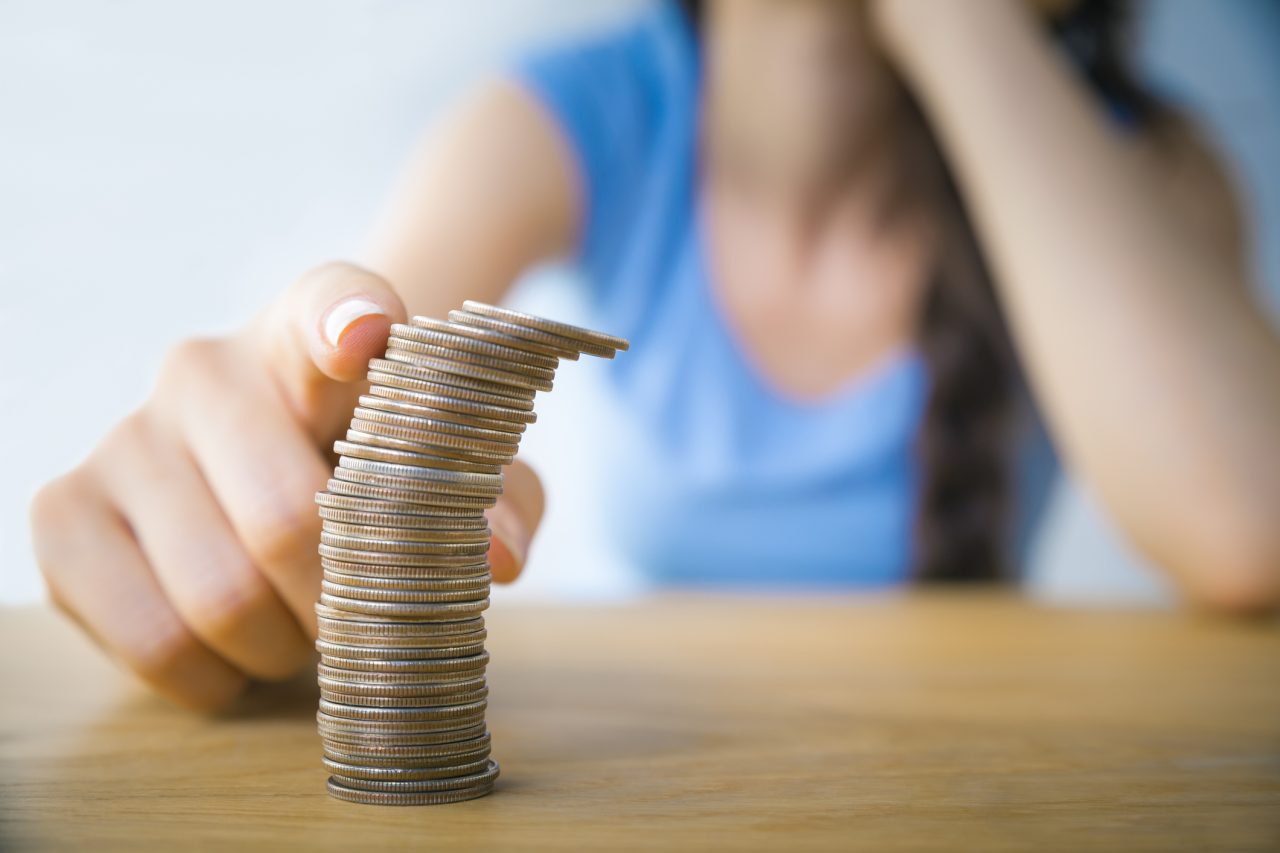
Myntstabel
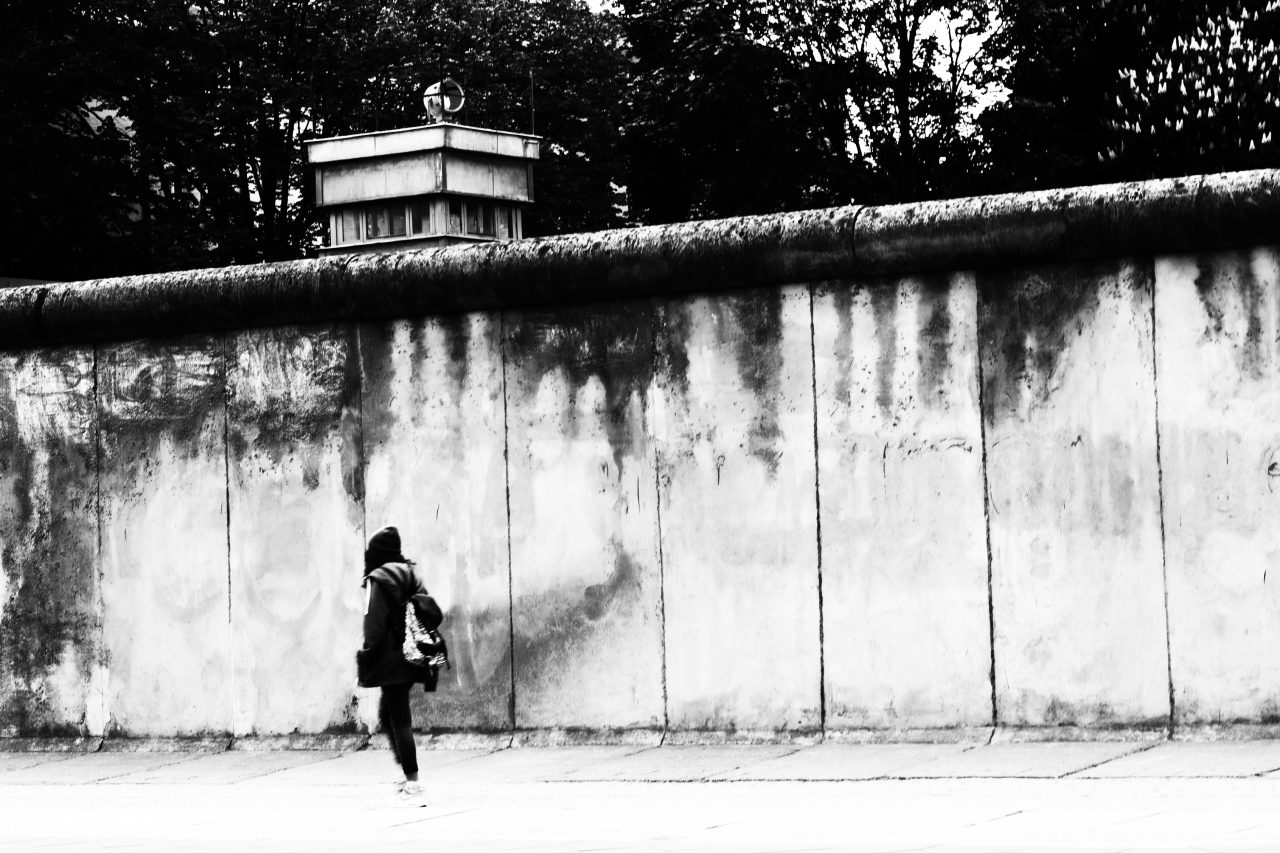
Berlinmuren
EU and Covid-19
It hasn’t been an easy ride for the EU with the financial crisis, Brexit and a global pandemic. During the Covid-19 pandemic, the EU tried to strengthen its role by making agreements with member states to secure vaccines. This agreement also applies to Norway.
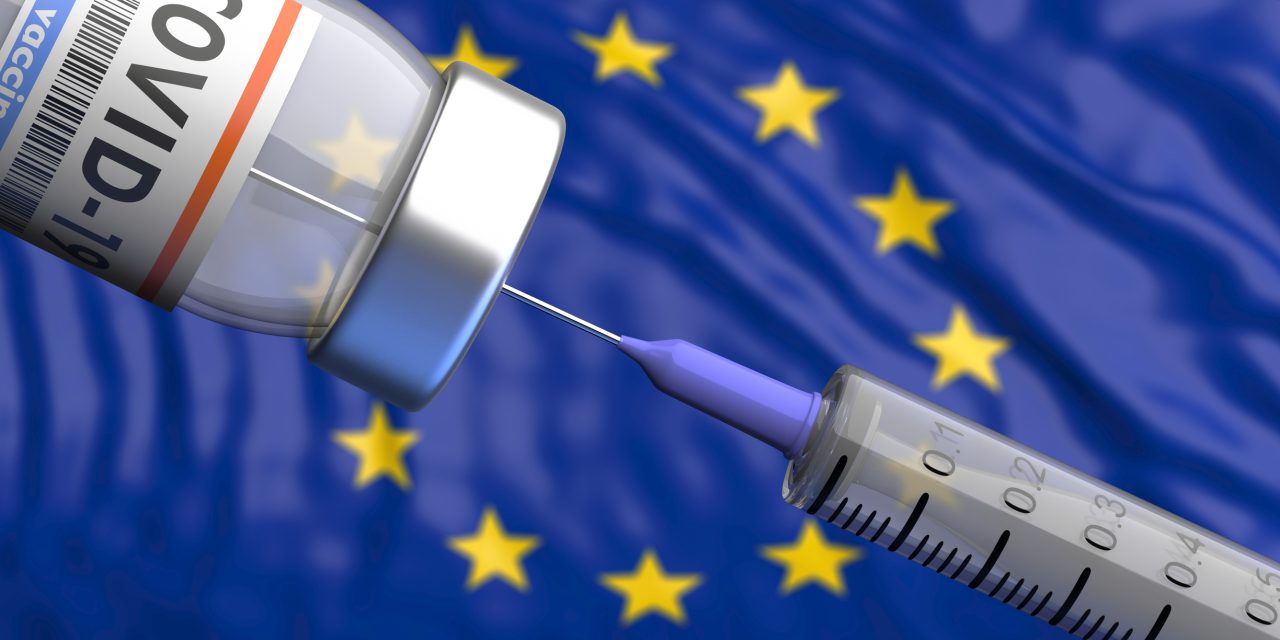
Covidvaksine i EU
The way forward
The EU has approved the ‘Green Deal’ project, which aims to get the EU out of the crisis following the pandemic. The agreement sets out to make the EU more sustainable and environmentally friendly.
In Norway, the EU debate has been put on hold, but during future general elections there will most likely be new debates about how Norway should act in terms of its agreement with the EU and the EEA.
What is the Green Deal?
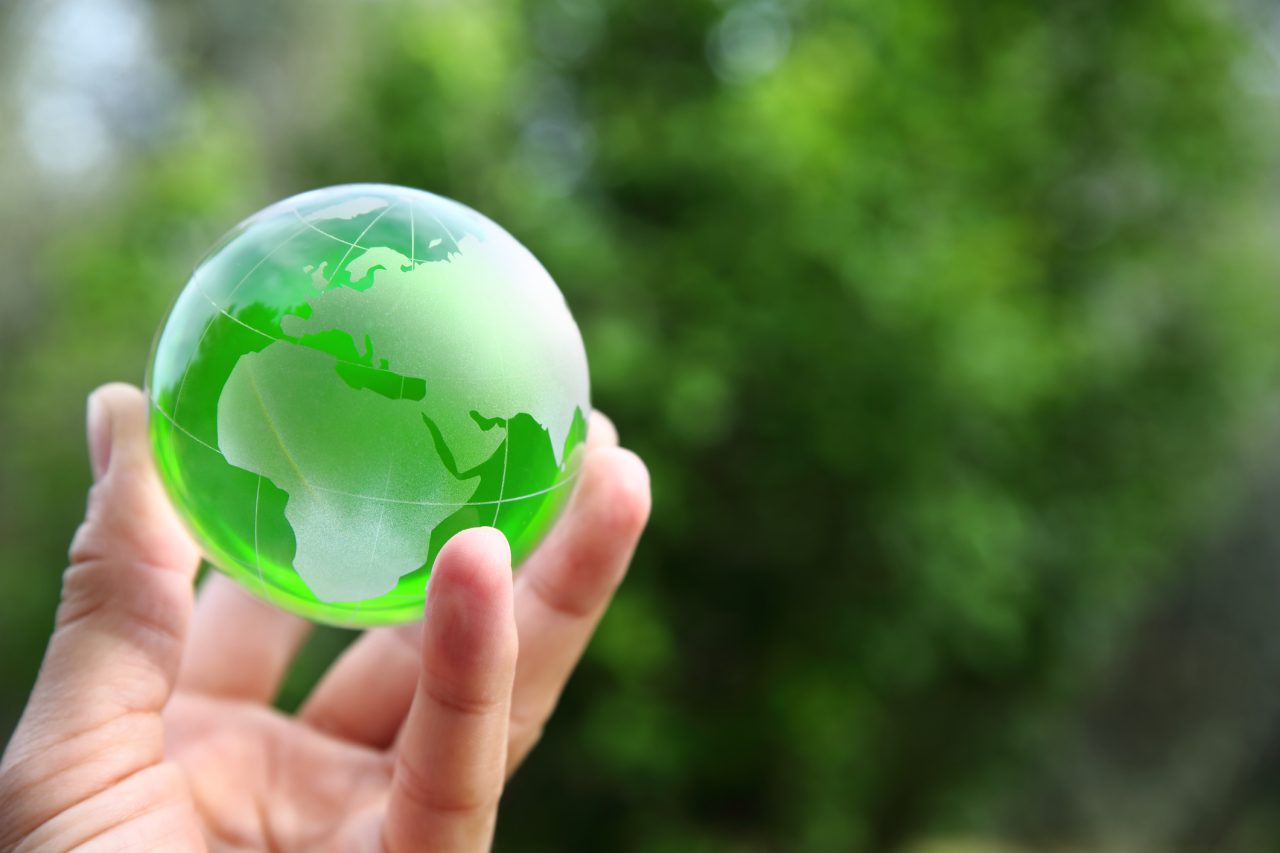
Green Deal
Sources:
- NRK.no (03.11.2021): EU får Nobels fredspris. https://www.nrk.no/nobel/eu-far-nobels-fredspris-1.8355716
- Trondal, Jarle: EU i Store norske leksikon på snl.no.
Hentet 3. november 2021 fra https://snl.no/EU_-_Den_europeiske_union
- Claes, Dag Harald; Hveem, Helge; Tranøy, Bent Sofus:
Global økonomi, krise og politisk styring (2012)
Oslo. Universitetsforlaget.
Media Rights:
-
-
Getty Images
-
Getty Images
-
NEPinUK – YouTube
-
Getty Images
-
Getty Images
-
Getty Images
-
Getty Images
-
CNBC – YouTube
-
Getty Images
-
Getty Images
-
Getty Images
-
European Commission – YouTube
-

